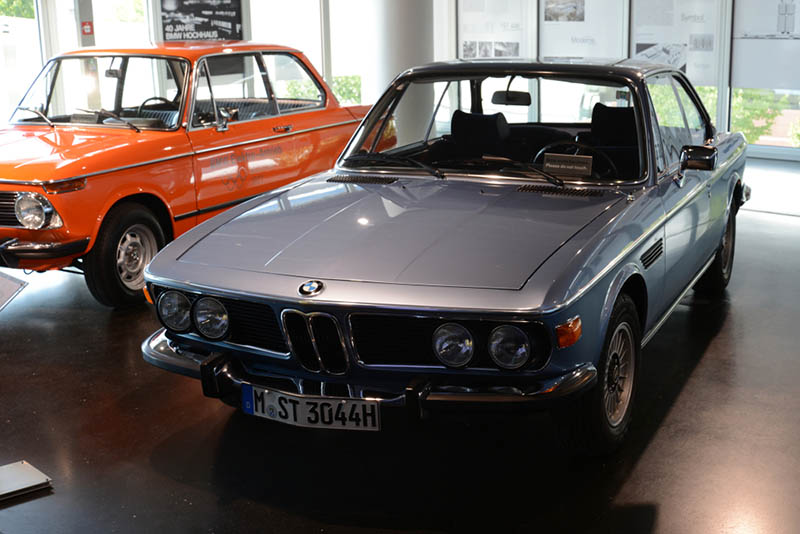The BMW 3.0 is a significant model in the company’s history as it laid the groundwork for the modern, sporty sedans the brand is renowned for. Below is a detailed account of its history:
Introduction of the BMW 3.0 Series
The BMW 3.0 series, also known as the BMW E3, was a line of luxury sedans produced by BMW from 1968 to 1977. They were part of the “New Six” sedans, introduced to establish BMW as a premium car manufacturer. The New Six included the 2500, 2800, and Bavaria models, but the most iconic is arguably the 3.0 models.
BMW 3.0 Models
There were several models under the 3.0 series, including the 3.0S, 3.0Si, and 3.0L. The numbers referred to the displacement of the engine (3.0 liters), while the letters represented different trim levels and configurations.
The 3.0S, produced from 1971 to 1977, was powered by a 3.0-liter inline-six engine producing 180 horsepower. The 3.0Si, introduced in 1971 and produced until 1975, had a more powerful version of the same engine, producing 200 horsepower.
Design and Features
The 3.0 series was praised for its sleek, timeless design. It featured a low waistline, a large greenhouse, and BMW’s signature kidney grille. Inside, it offered a high level of comfort and luxury, with features like power windows, full leather upholstery, and an automatic transmission – all of which were considered premium features at the time.
The 3.0 series also offered excellent driving dynamics. The combination of the smooth, powerful inline-six engine, rear-wheel drive, and independent suspension resulted in a car that was as enjoyable to drive as it was comfortable.
BMW has had many designers throughout its history. However, it’s worth noting that specific car models, such as those in the BMW 3.0 series, are usually the result of a collaborative effort by a team of designers, rather than a single individual.
Nevertheless, some important figures have played pivotal roles in BMW’s design language during the era when the BMW 3.0 series was created. Paul Bracq is a French designer known for his work at BMW from 1970 to 1974 as the head of design. Bracq is best known for his significant role in designing the BMW E3 (the BMW 3.0 series) and the BMW E12 (the first generation of the BMW 5 Series). His design philosophy followed smooth, flowing lines and simplistic elegance, which made the cars look both dynamic and sophisticated.
Another notable name in BMW’s design history is Wilhelm Hofmeister, who served as the director of BMW design from 1955 to 1970. He is famous for what’s now known as the ‘Hofmeister kink’, a design cue found on almost every BMW car. It is a low forward bend at the C-pillar or D-pillar in the case of touring vehicles or SUVs. Although Hofmeister’s tenure predates the BMW 3.0 series, the design elements he instituted, such as the ‘Hofmeister kink,’ continued to influence BMW designs in the following years, including the 3.0 series.
Manfred Rennen was another influential designer who worked at BMW around the time the 3.0 series was produced. Although he is most famous for his work on the BMW 1500 model, his influence was still strongly felt in BMW’s design language in the era of the 3.0 series.
Legacy of the BMW 3.0 Series
The 3.0 series marked a turning point in BMW’s history. It helped establish BMW as a manufacturer of sporty, luxury cars, paving the way for models like the 5 Series and 7 Series.
Although the 3.0 series was replaced by the 7 Series in 1977, its influence can still be seen in BMW’s current lineup. The combination of sporty driving dynamics, luxurious features, and sleek design that characterized the 3.0 series is still a defining trait of BMW cars today.
Even today, the 3.0 series, especially the 3.0 CSL, is highly sought after by collectors and enthusiasts for its design, performance, and significance in BMW’s history.

